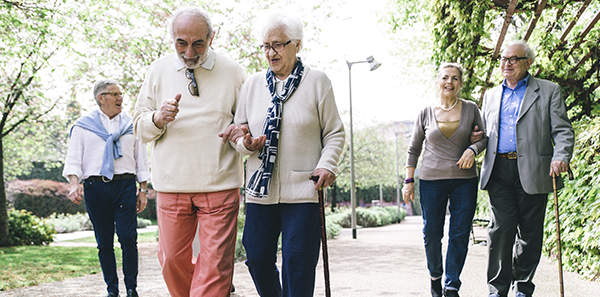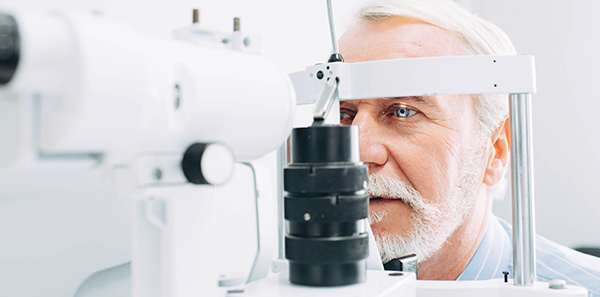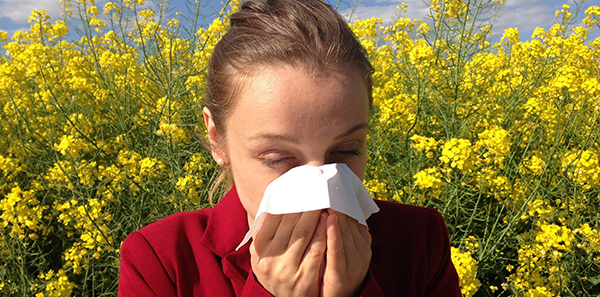
We are so used to standing being our normal posture that we forget the effort it takes for a child to achieve this.
We see ourselves walking and feel so sure of ourselves that we can move in many ways and with quite a range of postures and variations: running, strolling and even hopping or jumping.
We may think that this ability (not exclusive to humans, although we do it more gracefully than other creatures) is inbuilt, but we actually need to provide our “bipedal instinct” with a large number of neurons, neural networks, bones, muscles and senses.
The ability to walk on two legs, keeping our body elegantly upright, first involves an extremely difficult process of maturation that takes place during the first two years of life.
A geriatric aphorism tells us that “above the age of seventy-five, a person can have one fall a year”. This is what the letters tell us, with the healthy intention of making us aware of the need to be take extra care, to measure and be aware of where we place our feet before we take a step.
According to this phrase, the person writing this should already have had five falls. Although this is not the case so far, it is because I strictly follow the recommendations that come with my experience.
Since this is such an important matter, the action of walking first of all requires knowledge and acceptance of our age, regardless of how youthful we feel on the inside. Because even if we are still young in spirit, ageing follows its inexorable course.
It also depends on a number of factors: attention capacity, the care we take of ourselves and the care we receive from others, and our ability to solve problems in our physical surroundings. This ability does come from exercising our mind and body.
It also depends on the situation of our hearing, sight and something that we know less about, that cannot be seen by the naked eye but which is essential for our balance: the “Proprioceptive System”. This system is based on the integrity of the cerebellum, at the back of the brain, and the nerves that run to and from it.
Over the age of seventy, we often have less ability to do two things at the same time, like walking and talking. A study recently published in the Spanish Journal of Geriatrics confirmed this. This fact has been known for some time, but it is good to be reminded of it by new studies.
Let’s put down on paper what ageing means: for most beings it is, to a varying extent, a decline; a deterioration that can be summed up as impaired hearing, loss of visual acuity, loss of muscle strength, loss of neurons, etc.
And we all, I repeat all, go through this process. Let me say again: exercise can keep us fitter for longer. Intellectual activity helps us keep up our level of brain activity. But we must beware of lulling ourselves into a false sense of security, because we could trip over at any moment. As we know, our reflexes become more sluggish. That’s just how it is and we must accept that.
The consequence of a fall may be no more than a bump, but it could also be a broken hip or pelvis. After this we can unfortunately develop “Post-fall Syndrome”, which leads to immobility resulting in depression or dementia, the ultimate consequence of which is not a welcome prospect.
Knowing the statistical probability of having a fall and the reasons for the normal decline in our sense of balance will make us take more care, because many problems can be solved by being sensible. And caution often takes the form of a good walking stick.
Dr. Francisco Mas-Magro Magro – Gerontologist. Vice-chairman of the Mediterranean Association of Gerontology
The information published in this media neither substitutes nor complements in any way the direct supervision of a doctor, his diagnosis or the treatment that he may prescribe. It should also not be used for self-diagnosis.
The exclusive responsibility for the use of this service lies with the reader.
ASSSA advises you to always consult your doctor about any issue concerning your health.












